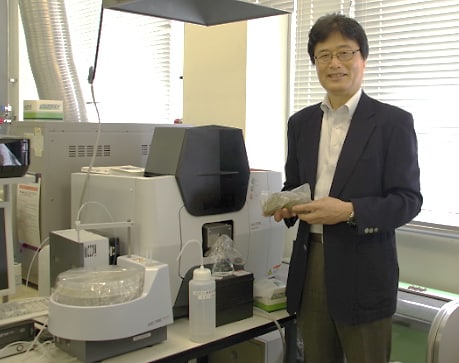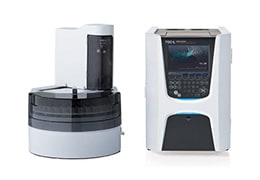
TOC-L Series

INDUSTRY
Soil, Environment
KEYWORD
INTRODUCTION SERVICE&PRODUCTS
TOC-L Series
One of the most important factors in agricultural production is the "soil preparation" which until now has been left to farmers' long experience and intuition. Good soil is defined as having sufficient chemical properties (fertilizer components, buffer action, etc.), physical properties (water retention, breathability, etc.) and biological properties (decomposition of organic matter by microorganisms, resistance to pests, etc.).
We interviewed Prof. Kubo, who has been developing and disseminating the ”Soil fertility diagnosis: SOFIX (Soil Fertile Index)”, a method for visualizing soil preparation by analyzing biological properties, a goal which has been difficult to achieve with conventional technologies.
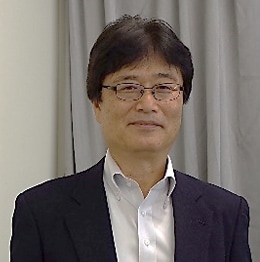
Prof. Motoki Kubo
Professor of Department of Biotechnology, College of Life Sciences,
*Affiliates and titles of the interviewee are current as of the time of reporting.
Soil Fertile Index (SOFIX)
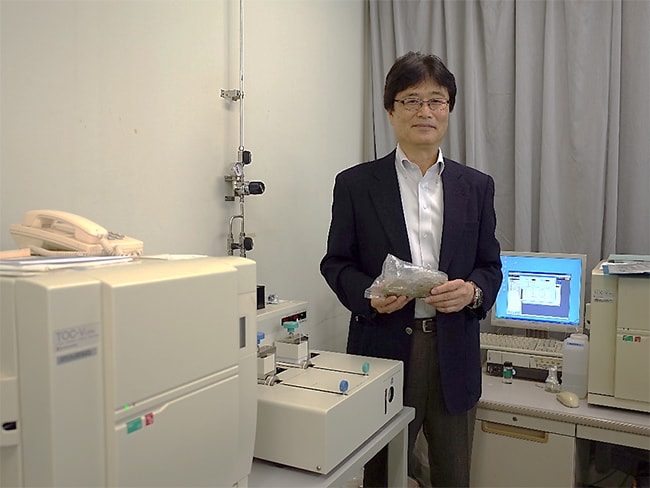
Tell us about your research
During my studies in the United States, I was involved in bioremediation, a technology that uses microorganisms to repair soil and alleviate groundwater pollution, and this led me to study soil improvement. When we were decomposing oil in soils using microorganisms called petroleum-degrading bacteria, we found that there were “Environments where microorganisms grow” and ”Environments where microorganisms do not grow.” The difference between these environments was the soil fertility. In conventional soil analysis, chemical properties such as fertilizer components are the main factors taken into account, and biological properties, such as the amount of microorganisms, have not drawn much attention. However, SOFIX research and development grew out of the idea that it is important to investigate biological properties by studying microorganisms in biotechnology.
SOFIX is a technology to grow healthy agricultural products and plants from healthy soil by balancing the organic matter and microorganisms. Carbon is a source of nutrients for microorganisms, and the quantity of carbon in the soil is analyzed with Shimadzu's TOC + SSM (Solid Sample Combustion Unit) system. The number of bacteria and the amount of each element measured with other instruments or by manual analysis are then compared with the amount of carbon using a unique algorithm. The components that are insufficient for plant growth are ”visualized” in a soil health examination table. Based on the analysis results, we make a plan for the use of organic fertilizer. We also analyze and visualize compost and organic materials, and provide scientific prescriptions for “soil preparation” based on the data. In the field of healthcare, a person is given a prescription based on diagnosis of their health problems through medical examinations. We carry out a similar process for soil.
Please tell us about a specific example
SOFIX started with the issue of soil improvement in fields, and it is now being developed for rice paddies and tree orchards. At the ”Shimadzu Forest” in Shimadzu's Head Office Sanjo Works, trees do not grow well in some areas, and we are using SOFIX technology to improve the soil so that it is closer to the "ideal soil" favored by microorganisms. The effects are already becoming apparent. With the aim of keeping the C/N ratio (Total Carbon/Total Nitrogen) in the soil within an appropriate range, based on the analysis values of the soil before the formulation, we applied fertilizer twice using cattle manure compost as the base as well as chicken manure compost with high nitrogen content, soybean waste, rice bran with high phosphorus content and bone meal.
SOFIX Analysis Results: Japanese Maple (Shimadzu Forest)
| Measurement | SOFIX Recommended Value | Before prescription 2019/7/24 |
After prescription 2020/6/16 |
|---|---|---|---|
| Total bacterial count (billions/g) | > 6.0 | 3.1 | 10.1 |
| Total carbon (mg/kg) | > 25,000 | 10,440 | 24,560 |
| Total nitrogen (mg/kg) | > 1,500 | 233 | 1,067 |
| Total phosphorus (mg/kg) | > 1,100 | 483 | 1,156 |
| Total potassium (mg/kg) | 2,500 to 10,000 | 7,457 | 5,664 |
| Carbon ratio C/N | 15 to 30 | 45 | 23 |
Compared to the situation before the prescriptions, we confirmed that many factors indicating soil fertility had improved. Through visual inspection, it was also clear that the budding and changes in the color, size and quantity of the leaves had also improved.. See pictures below.
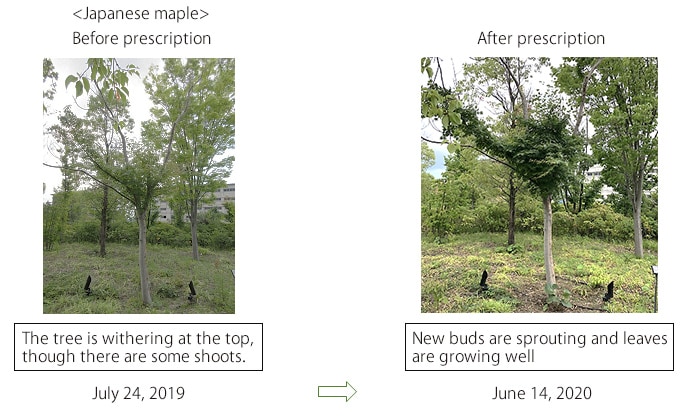
What are the key reasons for you to choose Shimadzu analytical instruments?
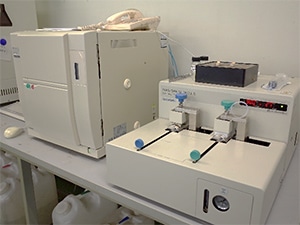
In the past, in order to measure the amount of carbon in the sample soil, the soil was burned, its weight was measured before and after burning, and the amount of carbon was calculated from the difference in weight. When the number of samples increases, this method takes a long time and requires a lot of manpower, so it takes a lot of time to create a database. Since the introduction of the Shimadzu TOC (Total Organic Carbon Analyzer: TOC-V CPH) and the Solid Sample Combustion Unit (SSM-5000 A), it has become possible to measure the total carbon content of soil easily and quickly. The biggest advantage is that the user only has to set the sample in place and the machine automatically shows the total carbon content.. As a result, we now have a complete database of 800 types of soil, and it is possible to diagnose new samples quicklyby comparing them with the samples in our database.
What are your research challenges, and what are your future expectations for Shimadzu?
Our challenge for the future is to further popularize SOFIX. The key to this is efficient analysis. In order to increase the number of samples to be analyzed, I would like to request the development of an automatic sampler for the TOC + SSM system.
Prof. Kubo’s laboratory uses 2 Shimadzu’s TOC + SSM systems and an element analyzer (AA) for SOFIX analysis, as well as HPLC for pesticide residue analysis and GC for oil content analysis in soil. Shimadzu will continue to develop products to further contribute to this research.
Thank you very much for your time today, Prof. Kubo.
